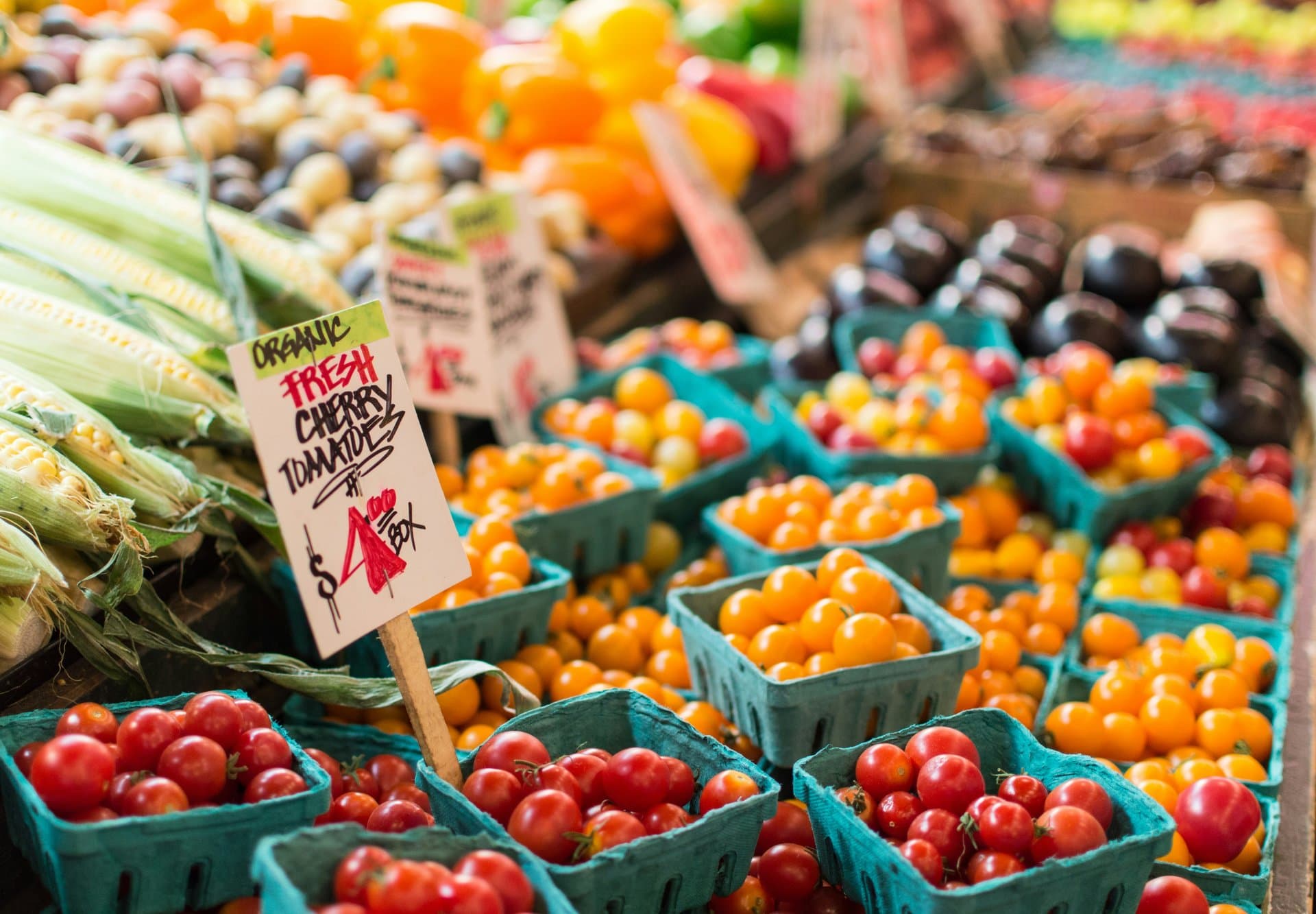Tariff-Fueled Price Hikes Hit Appliances, Electronics, and Autos First
Discover how 2025 tariffs are driving up prices on key imported goods like appliances and electronics, reshaping consumer spending and challenging household budgets across the U.S.

Key Takeaways
- 2025 tariffs raised import duties to an average of 17.4%, highest since 1935
- Consumer Price Index rose 2.9% year-over-year in August 2025 due to tariffs
- Appliances, electronics, autos, and home furnishings face steep price hikes
- 61-80% of new tariff costs passed to consumers by mid-2025
- Tariffs caused an average household income loss of $2,300 in 2025

For months, Americans enjoyed a brief reprieve from tariff-driven inflation despite the Trump administration’s sweeping 2025 import duties. But that calm has broken. New data reveal that tariffs are now pushing prices higher, especially on heavily imported goods like appliances, electronics, and autos. The Consumer Price Index (CPI) jumped 2.9% year-over-year in August, marking the fastest inflation pace since early 2025.
Behind the scenes, U.S. companies initially absorbed tariff costs or stocked up on inventory to shield shoppers. That buffer is fading fast. Now, most of the tariff burden is landing squarely on consumers’ wallets. From coffee beans to motor vehicle parts, price tags are climbing, squeezing household budgets.
This article unpacks where tariff-fueled price hikes are hitting first, who’s paying the price, and what it means for everyday Americans navigating a shifting economic landscape.
Understanding Tariff Origins
April 2025 marked a turning point when the Trump administration unveiled a sweeping tariff package averaging 17.4%—the highest since 1935. But the rollout wasn’t immediate. Trade negotiations stretched over months, giving U.S. companies a chance to prepare. Some stocked up on imports, others absorbed costs quietly.
This delay masked the tariffs’ true impact for a while. But by August, the effective tariff rate had jumped from 2.4% to about 11.5%, with $88 billion collected year-to-date. That’s a hefty toll on imported goods, especially those with complex supply chains like electronics and autos.
Think of tariffs as a toll booth on global trade highways. At first, companies tried to pay the toll themselves or take alternate routes. But as the tolls stayed high, the cost inevitably trickled down to shoppers. The 2025 tariff story is one of delayed shockwaves finally reaching American wallets.
Spotlight on Price Increases
August 2025’s Consumer Price Index tells a vivid story: inflation accelerated to 2.9% year-over-year, the fastest since President Trump’s second term began. The culprits? Imported goods like appliances, electronics, and autos.
Coffee prices soared 21%, thanks to a 50% tariff on Brazilian imports. Audio equipment jumped 12%, household furniture 10%, and women’s dresses 6.2%. Even motor vehicle parts climbed 3.4%. These aren’t just numbers—they reflect real hikes at checkout counters nationwide.
Why these items? They rely heavily on imports with limited domestic alternatives. Electronics and appliances, for example, have intricate global supply chains that can’t pivot overnight. So when tariffs raise costs, prices rise too, and consumers feel the pinch first.
Decoding Tariff Passthrough
Initially, many U.S. companies tried to shield customers by absorbing tariff costs or stockpiling inventory. But that strategy has limits. By mid-2025, 61% to 80% of new tariffs on core goods were passed on to consumers, a sharp jump from earlier months.
This passthrough means shoppers are footing most of the bill. Retailers like Home Depot, Macy’s, and Nikon have publicly acknowledged raising prices due to tariffs. The Federal Reserve’s Beige Book confirms tariff-related price hikes are widespread.
The passthrough isn’t instant or uniform. Some businesses hold onto costs longer, but squeezed profit margins force eventual price hikes. It’s a slow burn that’s now heating up, turning tariffs from a business headache into a consumer reality.
Impact on Household Budgets
Tariff-driven price hikes hit hardest where budgets are tightest. The average household faces a $2,300 income loss in 2025 dollars due to higher prices. Lower-income families lose about $1,300, a smaller number but a heavier burden given limited flexibility.
Take Clara Moore from Newark, NJ. Her grocery bill jumped from $175 to $250 per trip in just a year. To cope, she’s slashing discretionary spending—cutting streaming services and impulse buys. She’s not alone.
Economists warn that as tariffs push inflation higher, consumers will spend more cautiously. They won’t stop buying but will prioritize essentials, trimming wants. The sting of rising costs amid slow wage growth tightens wallets and reshapes spending habits.
Broader Economic Ripples
Tariffs don’t just nudge prices—they ripple through the economy. Analysts estimate U.S. GDP growth could slow by 0.5 percentage points annually in 2025 and 2026 due to tariff effects. That’s a meaningful drag on jobs, investments, and consumer confidence.
Services prices remain steady, so inflation pressure concentrates on tradable goods. This imbalance can strain sectors differently, with imported goods bearing the brunt. Legal challenges to some tariffs add uncertainty, but for now, the economic landscape is shifting.
For families and businesses alike, tariff-fueled inflation is a new reality to navigate. Understanding where prices are rising and why helps steer smarter spending and planning in uncertain times.
Long Story Short
Tariff-fueled inflation is no longer a distant threat—it’s here, reshaping the cost of everyday essentials. Appliances, electronics, autos, and home furnishings are leading the charge, with prices rising well above pre-2025 trends. The reality? Nearly four out of five tariff dollars now come straight from consumers, translating to an average $2,300 hit per household this year. For many families, especially those with tighter budgets, these price hikes mean tough choices. Cutting back on discretionary spending, like streaming services or impulse buys, is becoming the new normal. The ripple effects extend beyond grocery bills and shopping carts, potentially slowing economic growth and tightening job markets. Staying informed and adjusting spending habits will be crucial as tariffs continue to influence prices. While policy debates and legal challenges unfold, the immediate impact is clear: tariff-fueled inflation is reshaping how Americans spend, save, and plan for the future.